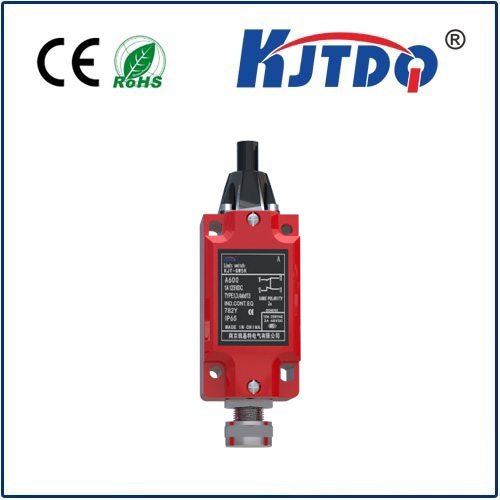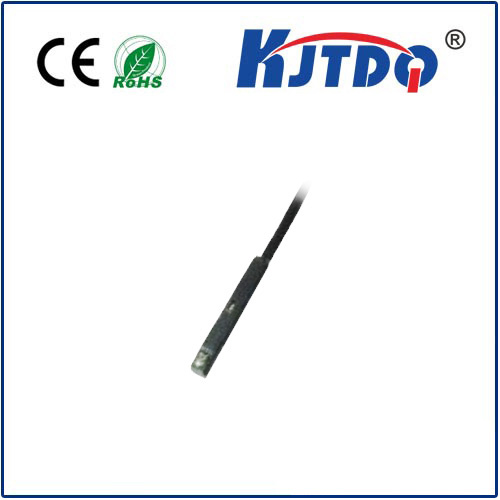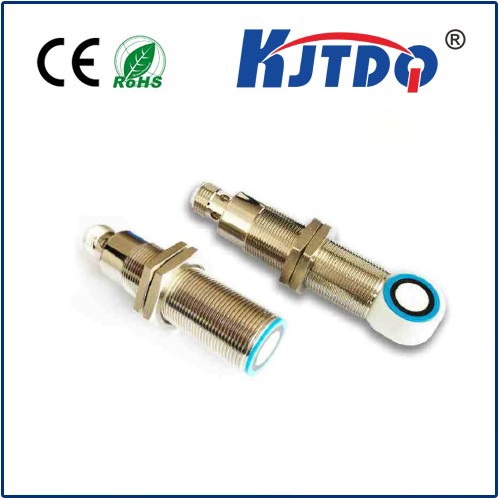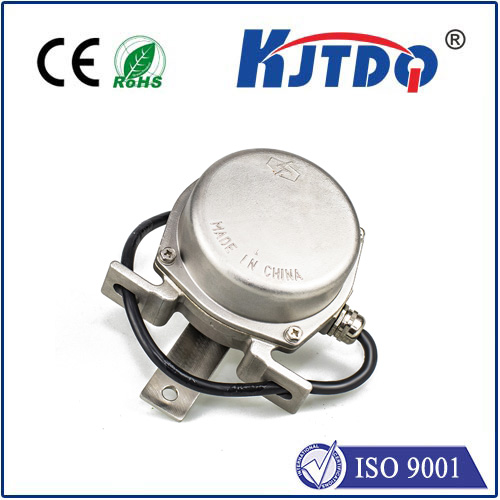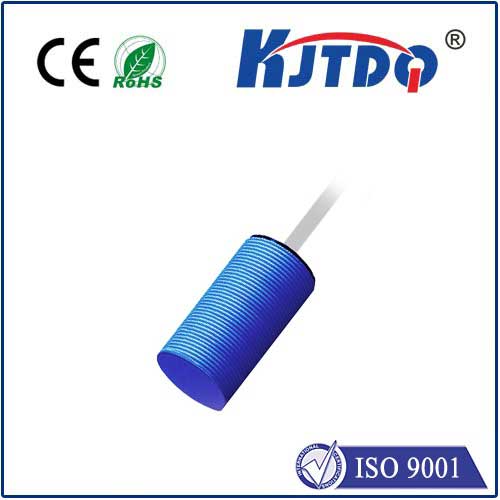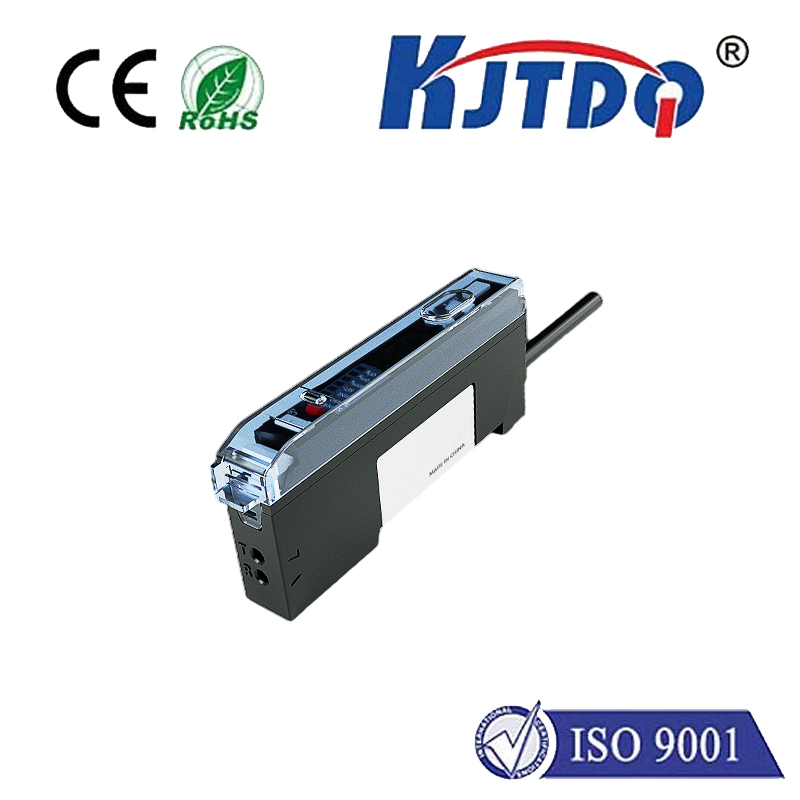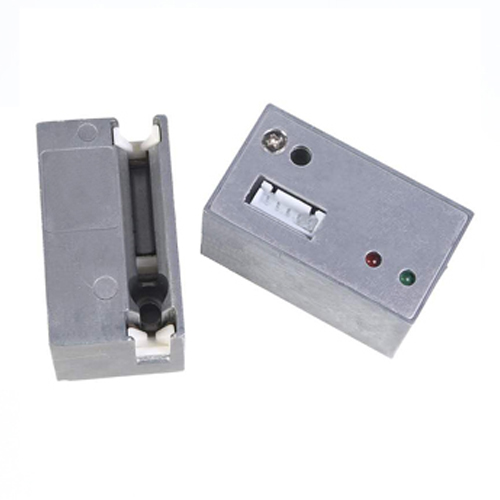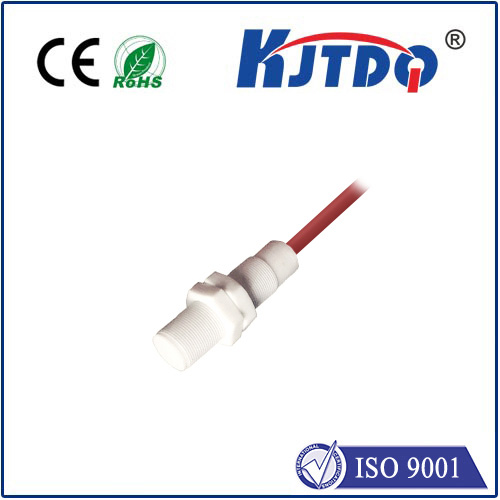

check

check

check

check
In the intricate world of automation and precise object detection, space is often a luxury, harsh environments are a constant, and pinpoint accuracy is non-negotiable. Whether it’s verifying the presence of tiny electronic components on a high-speed assembly line, counting minuscule pharmaceutical vials, or ensuring the correct positioning of parts within machinery, traditional sensors often struggle with size constraints or environmental factors. This is where the specialized capabilities of fiber optic photoelectric sensors, exemplified by the Omron E3T-SR44 2M, become indispensable. Offering a unique blend of compactness, resilience, and precision, this sensor is engineered for applications where standard units simply cannot perform.
Understanding the E3T-SR44 2M’s Core Function
At its heart, the E3T-SR44 is a photoelectric sensor. These devices work by emitting a beam of light (visible red LED in this case) and detecting either its presence (for through-beam mode) or its absence (when blocked by an object, in diffuse reflective mode). What makes the E3T-SR44 distinct is its design: the core sensing element (the amplifier) is separated from the actual light emitter/detector point by a 2-meter long flexible fiber optic cable.
This fiber optic photoelectric sensor leverages the principle of total internal reflection within the optical fibers. Light generated by the LED in the amplifier unit is transmitted down one fiber strand in the cable bundle to the sensing tip (the fiber head). At the tip, the light is emitted into the detection zone. For diffuse reflective sensing, any object entering this zone reflects some light back towards the tip. This reflected light is then captured by separate receiving fibers within the same cable bundle and transmitted back to the photosensitive element within the amplifier. The amplifier processes this signal to determine the object’s presence or absence.

Key Features Driving Performance
The E3T-SR44 model incorporates several design elements crucial for industrial reliability and versatility:
Technical Specifications at a Glance
| Feature | Specification | Benefit |
|---|---|---|
| Detection Method | Diffuse Reflective | Detects objects without a separate reflector |
| Light Source | Red LED (Visible Light) | Easy beam alignment, visible confirmation |
| Sensing Distance | Approx. 25 mm (Standard target) | Suited for close-proximity detection tasks |
| Fiber Cable Length | 2 Meters (2M) | Provides reach and flexible installation options |
| Output Type | NPN (Sinking Input / Sourcing Output) | Standard industrial PLC compatibility |
| Supply Voltage | 12-24 VDC ±10% | Common industrial power requirement |
| Housing Material | Fiber Head: Stainless Steel/PBT | Oil-resistant, durable, chemical resistance |
| Environmental Rating | Fiber Head: IP67 (Oil resistant) | Suitable for harsh, wet, or oily environments |
| Response Time | ≤ 1ms | Capable of high-speed detection applications |
Where the E3T-SR44 2M Shines: Application Examples
The unique strengths of the E3T-SR44 fiber optic photoelectric sensor make it the go-to solution for numerous demanding tasks:
Installation and Maintenance Tips
Maximizing the performance of your E3T-SR44 involves a few key considerations:
Why Choose the E3T-SR44 2M?
While many photoelectric sensors exist, the E3T-SR44 2M fiber optic photoelectric sensor addresses a specific niche with unparalleled effectiveness. Its defining advantage lies in its ability to solve detection problems in miniaturized or environmentally hostile scenarios where standard sensors fail. The robust construction of the fiber head, coupled with the flexibility of the 2-meter cable and the reliability of Omron’s amplification technology, delivers a solution that boosts automation reliability, improves quality control precision, and reduces downtime in critical applications. When you need to detect the small, the precise, or the challenging, packed into a resilient, compact, and flexible form factor, the E3T-SR44 2
